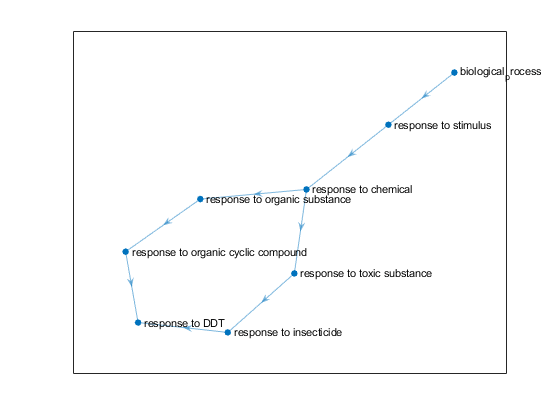getmatrix
Convert geneont object into relationship matrix
Syntax
Description
[
converts a Matrix] = getmatrix(GeneontObj)geneont object into a matrix of relationship values between
nodes (row and column indices).
[
also returns a column vector listing Gene Ontology IDs that correspond to the rows and
columns of Matrix,ID] = getmatrix(GeneontObj)Matrix.
[
also returns a cell array of character vectors defining the types of relationships.Matrix,ID,Relationship]
= getmatrix(GeneontObj)
Examples
Input Arguments
Output Arguments
Version History
Introduced before R2006a
See Also
geneont | goannotread | num2goid | term
